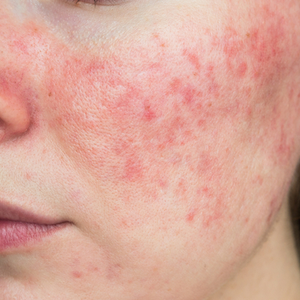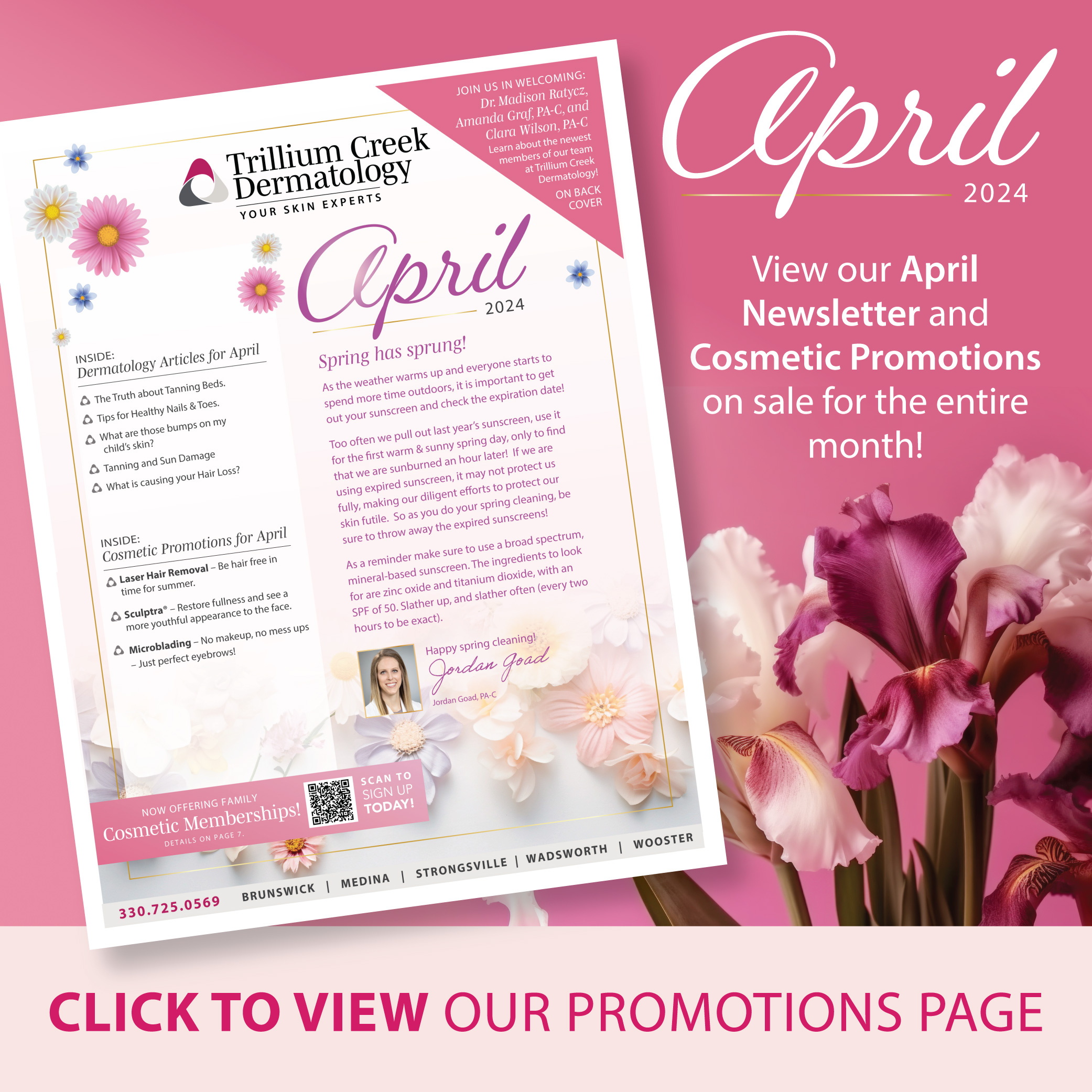Quick Links
If red pimples and bumps begin to erupt on your nose and the middle of your cheeks in your 20s, you may need treatment for rosacea. This is an inflammation that affects the middle of your face. It can also appear on the forehead and around the mouth.
There are other conditions that can be mistaken for rosacea. You may think that these pimples, pustules, and cysts are just an adult outbreak of acne but rosacea does not in itself give rise to blackheads which are a characteristic feature of acne. To add to the confusion, you may hear your physician referring to your condition as “acne rosacea”!
Lupus/SLE (short for systemic lupus erythematosus) often presents with a butterfly-shaped rash across the face and can be mistaken for rosacea. Lupus is an auto-immune condition that can be quite severe and it requires very different treatment.
You may also encounter the term “rosacea fulminans”. This affects only women, usually between the ages of 15 and 45. It is not common for babies and children to suffer from rosacea. Facial rashes appearing in childhood are more likely to be due to eczema.
Rosacea Subtypes & Symptoms

There are a number of subtypes of rosacea. Although it mainly affects the face, it is occasionally possible for rosacea to appear on other parts of the body such as the legs, arms, chest, neck and scalp. These are placed in order of rising severity but can appear in combination:
Subtype 1
The nose and cheeks become flushed and red, sometimes spreading wider across the face to the forehead and around the mouth.. The ‘blushing’ effect is enhanced by the appearance of small blood vessels (“thread veins”) near the surface of the skin, particularly on the cheeks. The condition can be accompanied by a feeling of burning or itching.
Subtype 2
Redness is accompanied by the appearance of small bumps and pimples which upset the smoothness of the skin over the face. Burning and itching are not uncommon, and some people may experience a more severe stinging pain.
Subtype 3
Over time, rosacea causes the skin of the nose to thicken and the nose becomes more rounded and bulbous. This enlargement of the nose is also known as rosacea rhinophyma. Informally it has been incorrectly labeled as “drinkers nose”. While it is true that alcohol can aggravate an underlying condition of rosacea it is incorrect to associate rhinophyma with excessive alcohol consumption.
Subtype 4
Rosacea extends to around the eyes and eyelids (also known as rosacea blepharitis), leading to dryness and itching. It can also affect the eyelids and be very painful, particularly when glands around the inflamed eye become infected and styes begin to form. The eyes may appear bloodshot and vision can be impaired.
Rosacea Causes
The exact cause of rosacea is not clear, although it does tend to run in families, which suggests a genetic link of some kind. It is also thought that the body’s immune response to certain stimuli plays a part. There is also a theory that an innocent skin mite known as Demodex causes rosacea, although many people without the condition also play host to these mites.
What we do know is that exposure to certain things can help bring on a bout of rosacea. Some food and drink can aggravate the condition, particularly spicy food and alcohol, but sufferers will show different levels of sensitivity to other foodstuffs as well. These include:
- caffeine,
- dairy products,
- chocolate,
- citrus fruits,
- certain vegetables, and
- beans
Other triggers tend to be things that we would ordinarily associate with skin reddening or flushing. These include sun, heat, exercise, anxiety/stress, virus infection, fever, or cold.
Rosacea Treatment
You may be tempted to treat your rosacea with creams that you can buy over the counter at your local drug store. Some contain sunscreen which helps to reduce the sun’s rays as a trigger for your rosacea. Others may be little more than moisturizing cover-ups to disguise your redness.
Some products such as facial scrubs or alcohol-based gels can actually do more harm than good because they can be too irritating. Products that sometimes prove beneficial may contain ingredients like green tea, copper, and benzoyl peroxide (in aqueous gel form).
For more thorough and long-term results it is sensible to consult a dermatologist for a full lifestyle check and prescription medication or treatment.
Prescription oral antibiotics are routinely used in the treatment of rosacea to control and limit the condition and defend against conditions that can make it worse. Tetracycline antibiotics include doxycycline (Oracea®/Doryx®) and minocycline (Solodyne®). Another common prescription treatment is Metrogel®, which comes in the form of a cream applied to your face. This contains a different class of anti-inflammatory known as metronidazole.
Vitamin-based tablets such as Niacinamide (vitamin B3) can also reduce skin blemishing. Rosacea face wash and products like Sulfur Treatment Masques are also commonly used.
The Trillium Creek Dermatology is equipped with the latest light therapy treatments that can be beneficial in tackling your rosacea. Intense Pulsed Light (IPL) and Aerolase use visible and laser light to target problem areas within your skin, reducing the redness and visible veins on your face. We are serving the following communities and those surrounding: Wooster, Wadsworth, Medina, Brunswick, Strongsville, and Hinkley.



